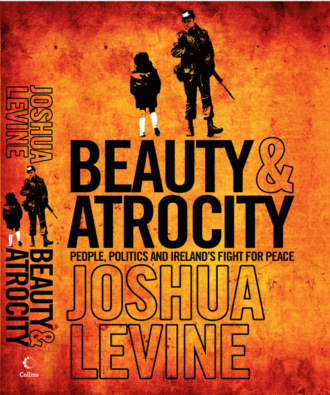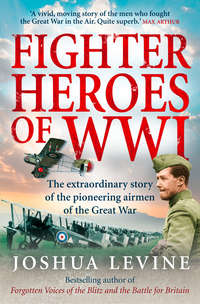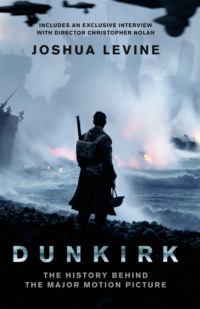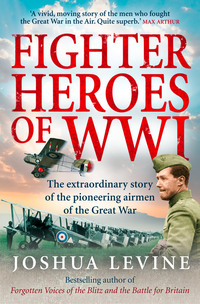Beauty and Atrocity: People, Politics and Ireland’s Fight for Peace

Полная версия
Beauty and Atrocity: People, Politics and Ireland’s Fight for Peace
Язык: Английский
Год издания: 2019
Добавлена:
Настройки чтения
Размер шрифта
Высота строк
Поля
Конец ознакомительного фрагмента
Купить и скачать всю книгу




